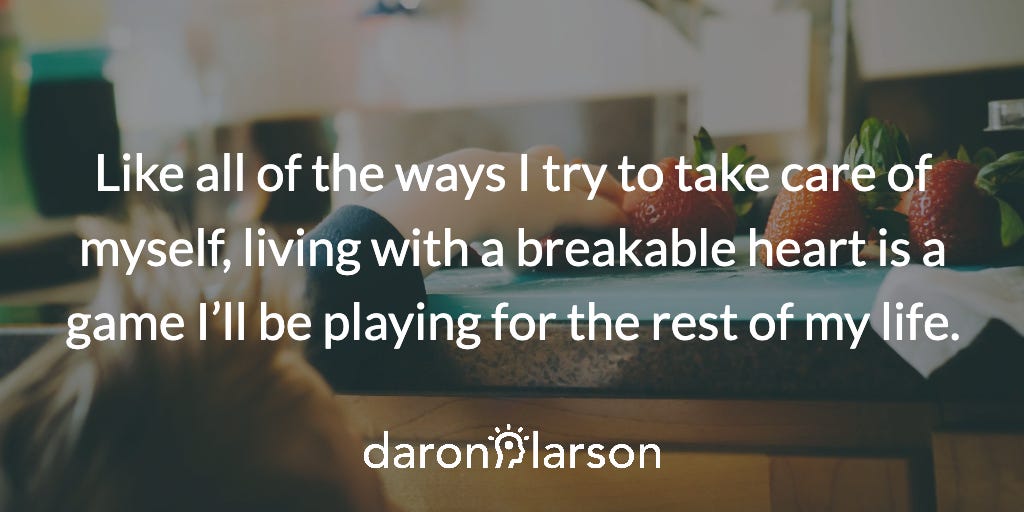Phenomenal Awareness
Notice what it feels like to be alive sometimes without trying to feel more comfortable.
A few months before my grandson turned two, we watched him while his parents got away from their routine for a few days. What a priceless—and exhausting—adventure!
I appreciated my mindfulness practice while watching him, even more so when I returned home.
Savoring unrepeatable moments
Cultivating mindful awareness habits is more about phenomenology than psychology. It's not about constantly searching for epiphanies or trying to feel calm on demand. It's about committing to noticing what's happening instead of creating stories about what it means.
It's easy to give this kind of attention to enjoyable activities such as flipping through picture books with a toddler, playing on the floor, and watching episodes of Elmo's World. It will be even more fun when he can try the Sesame Street Monster Meditations!
It's delightful to see his enthusiasm for eating yogurt, being outside, and dancing regardless of the song. It’s fascinating to observe his frustration over having only two hands with so many things to grab, carry around, and throw.
I struggled to navigate his car seat, stroller, and unpredictable eating habits. The most difficult yet fulfilling part of parenting was learning to face these challenges with curiosity instead of self-criticism. It's an ongoing learning experience , but it's definitely worth it!
The biggest challenge, but also the most valuable, was noticing—with curiosity instead of critical self-evaluation—how clumsy and ill-equipped I felt navigating his car seat, stroller, and unpredictable eating preferences. Being an attentive and engaged grandparent is tricky but definitely worth the effort!
Monitoring emotional reactions
I attribute the longevity of my daily mindfulness practice to how much it helps me explore challenging emotions more objectively.
When we got back home, my morning meditations were tinged with strong, emotionally achy sensations in my face and chest. Gratitude lurked quietly in the mix, too, but a bittersweet flavor occupied the forefront.
Despite two decades of consistent practice, treating such sensations with hospitality still feels counter-instinctual. My first instinct is to find ways to solve, resolve, or escape unpleasant feelings.
To the best of my ability, though, I try not to intentionally push them away—especially during my formal meditation time. Sometimes, this means observing them directly. Often, it means letting them percolate in the background while I attend to emotionally neutral sensations.
Eroding resistance
Formal mindfulness meditation helps us ride out painful emotions with less resistance by shifting the emphasis from psychological solutions to phenomenological investigations. The good news is that even a little less resistance can bring a surprising amount of relief.
Don’t get me wrong. Feeling sad is still unpleasant.
However, we can get better at avoiding the greater misery that comes from habitually fighting or suppressing emotional pain. The level of challenge will vary, as will our ability and willingness to respond differently.
I remind myself that my flawed efforts will always be more than enough. Like all of the ways I try to take care of myself, living with a breakable heart is a game I’ll be playing for the rest of my life.
This is why mindfulness practice can be much more satisfying than just trying to be calm. It can be about letting our unpleasant feelings reveal what we care about, easing up on ourselves when we’re hurting, and feeling closer to the people we love.





